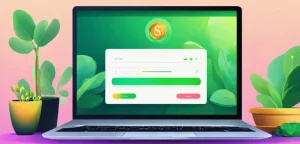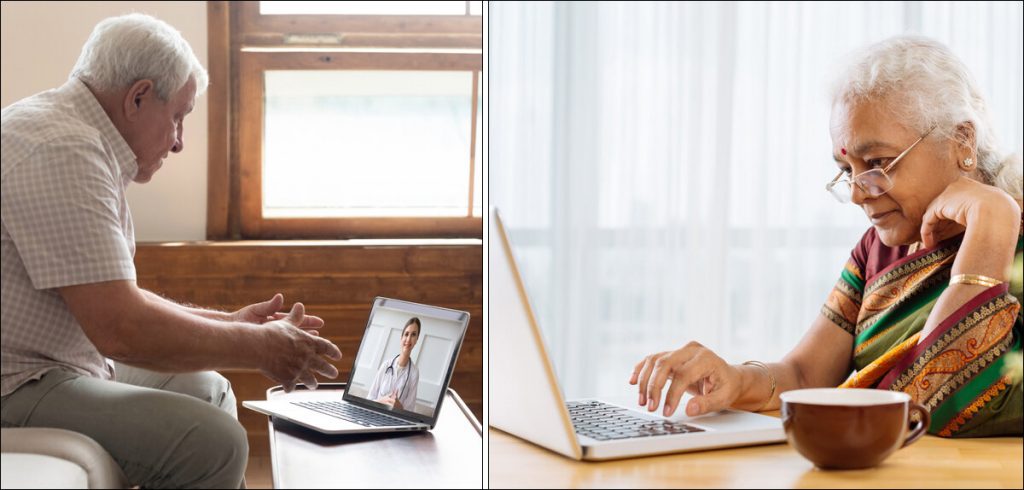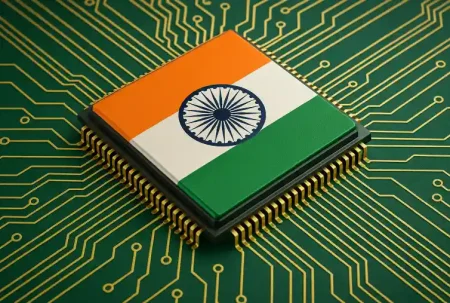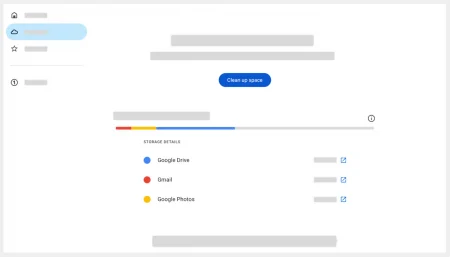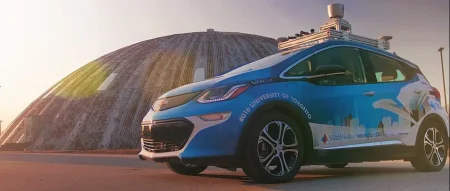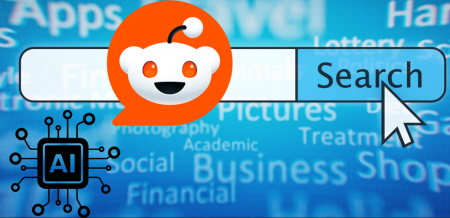Uma Iyer explores how modern science and developments in technology can faciliate an easier and meaningful life for folks in their old age.
It is a cliche to say that technology is omnipresent. The younger generation have adapted to technology quite comfortably. I was in a hospital when I saw a one-year-old child seamlessly scrolling through a phonebook as if it were second nature. It was baffling to see how scrolling left or right or up or down is such a useful function in user experience. This has now been made accessible using moving the device as up or down or shaking it to the sides. Further it, the scrolling is managed with eye movement now!
How does all this translate to the generation which was born over 60 years ago? The 50 something year generation have eased into it, but the generations which were the post-independence era in India have a mixed adoption.
Many of the technologies have been in the making for years for COVID 19 to hit in 2020 when the entire world turned to using zoom, etc. for communication. There are many more technologies which are currently not being used to its potential however may be used if continued to develop augmented by AI and machine learning. E.g. Remote health monitoring of elderly through wearable sensors.
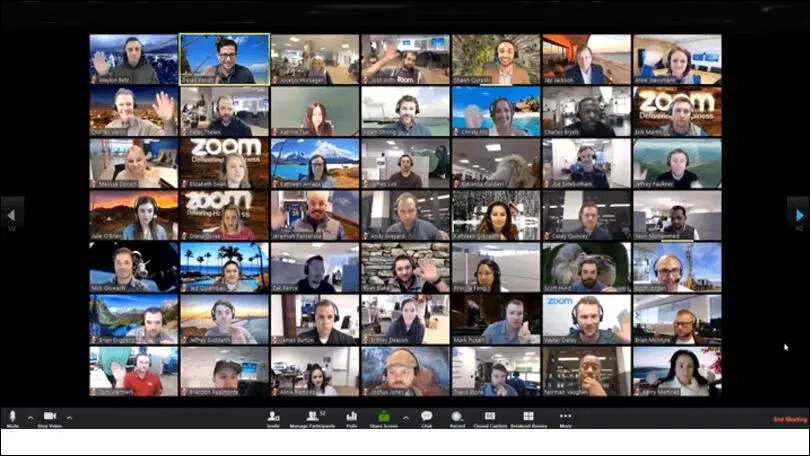
Covid as well has changed the way the elderly have had to adopt drastically to using divides to confirm their health status and stay in touch with their families including showing proof of double vaccination, managing bank accounts, getting pensions etc.
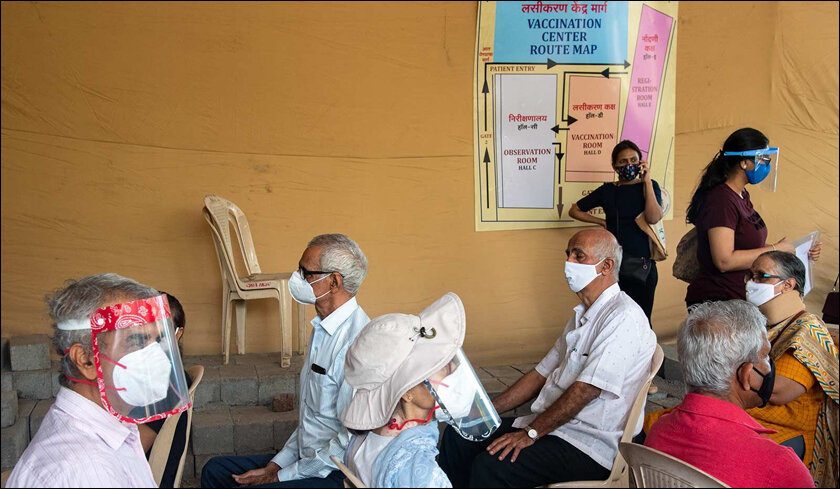
To test it out, we gave out 4 devices of varied ease of user experience to relatively similarly educated individuals in our family. They were about 60-70 years in age and one was given an (Raghavan)Iphone 5S, (Jayaram) Samsung, (Sumati) iPad and (Geetha) Amazon Fire, to do whatever they could or wanted to do.
The first day, it took all of them to get the sim card operational, and learn to use basic phone personality. However, it was stark to know, the Iphone user the next day, had additionally got Whatsapp, facebook and google pay set up. It was followed by the Samsung user, however the Ipad user had moved to using youtube extensively. Geetha however was the slowest to make any use of the Amazon fire device despite having the ability to search and use videos.
What was interesting however was that Geetha soon on Jayaram’s behest went and got a samsung phone and got WhatsApp hence beginning a flurry of groups and good morning messages including using banking transactions to social networking to healthcare management!
This now can be extrapolated to ensuring that devices can be used to monitor health and wellbeing.
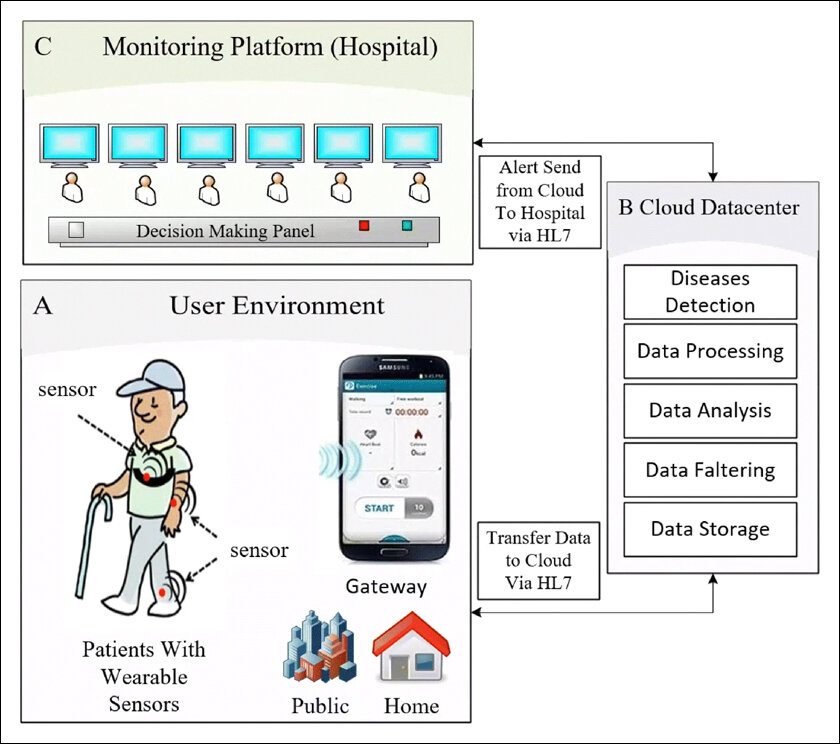
Why are communication and mobile technologies easily adopted?
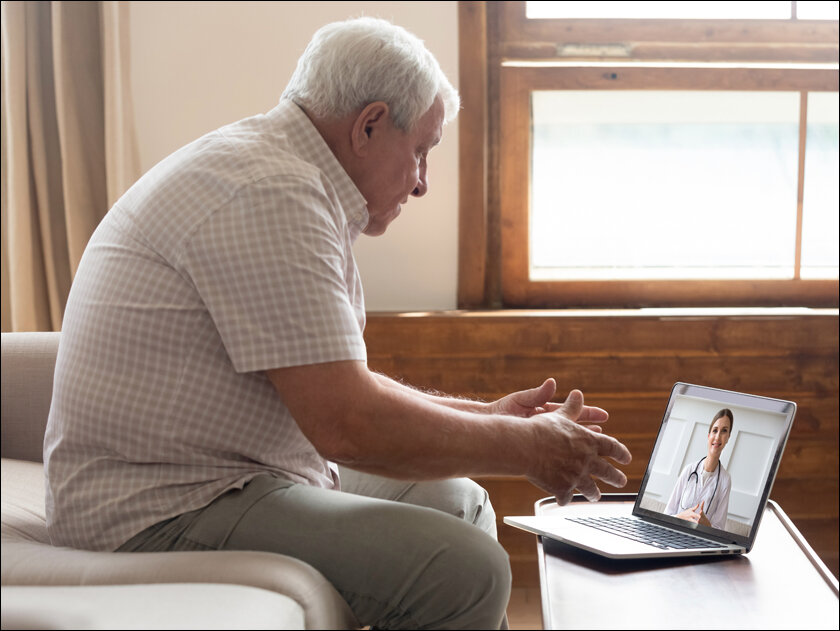
The ability to store data in an unlimited fashion now makes it uber easy for individuals to have redundant data but cut through issues having to maintain phones etc.
The Generation born in the 50s are keen on communication and keeping in touch. Their newspaper now has boiled into whatsapp feeds. When a caption reads, ‘Drinking lemon and ginger water will prevent corona’, this generation stocked up on Lemon and Ginger and this was a standard forward in any family group.
Connection is valued and technology bridges connection with far and dear members including watching children on skype and zoom calls.
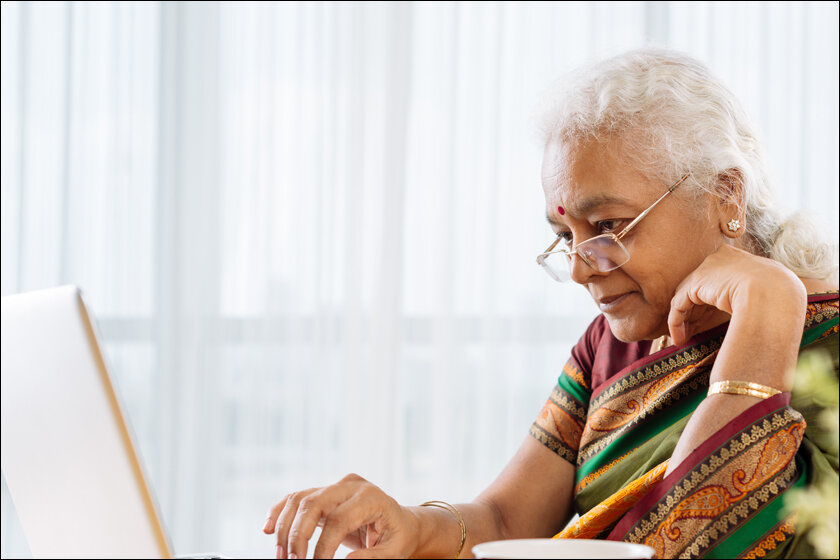
Technology for emergency communication
With the distant living, technology and artificial intelligence combined has given peace of mind to children living in distant places. E.g. There are tracking devices to manage heart beat, missing movement in the house to surveillance.
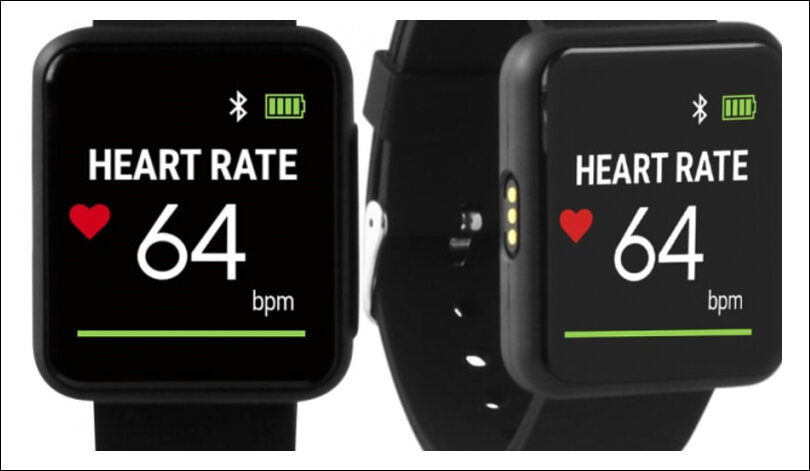
Thousands of companies are chasing seniors in this market, says John Hopper, chief investment officer at Ziegler Link-Age Funds, which has invested $100 million in 25 companies, including Ally Align, a Medicare Advantage plan provider; Include Health, a designer and manufacturer of exercise and rehab equipment specifically for disabled and aging; and Caremerge, which coordinates care among senior-care providers and families. Higher percentages of older people want to be active longer and age at home. “We view technology as a big part of the puzzle of how we provide those services that the senior demographic is demanding,” he says.
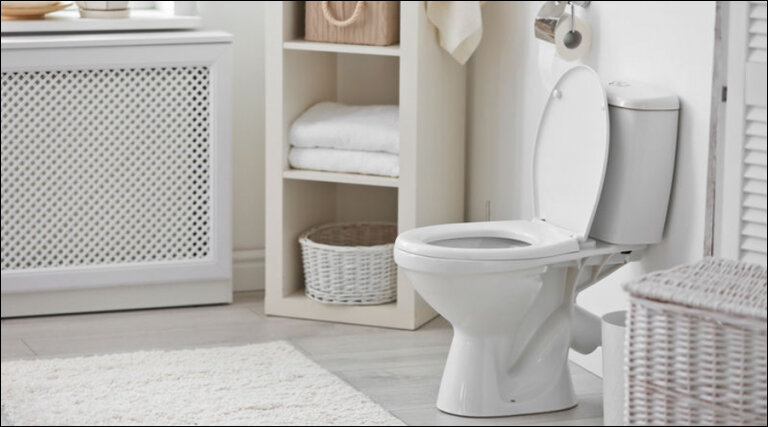
The TrueLoo toilet seat has sensors that scan excreta in the toilet bowl. The information is then provided to the senior living managers so they can monitor their residents’ health.
Right from reminding elderly to take pills on time to monitoring blood sugar to blood pressure, technology has come far to help improve quality of life for the elderly.
VitalBand, part of the company’s VitalCare brand, monitors falls, tracks vital signs, physical activity and sleep quality and also provides medication reminders.
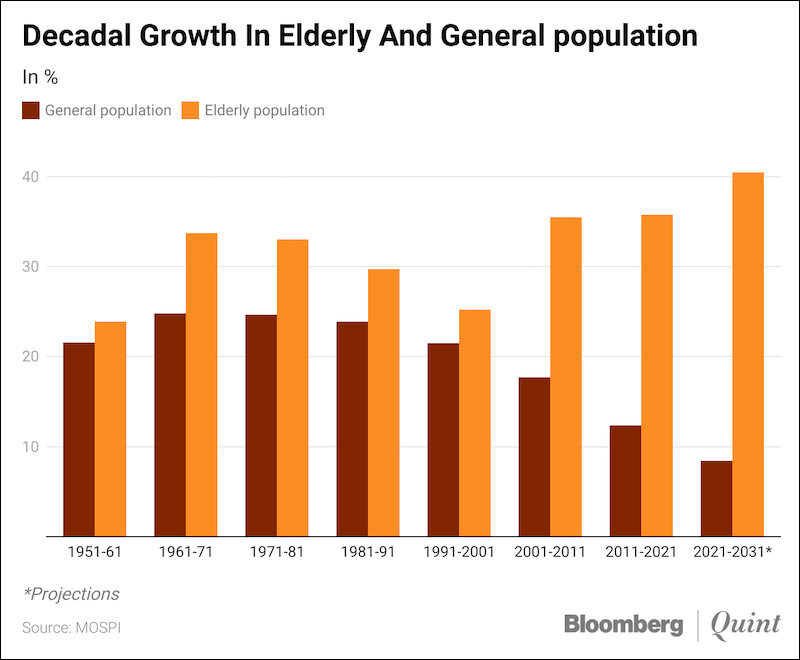
The share and size of older population is increasing over time in India. India currently has the highest number of young population which will eventually age. From 5.6% in 1961 the proportion has increased to 8.6% in 2011. The proportion has increased to 10.1% in 2021 and further likely to increase to 13.1% in 2031. For males it was marginally lower at 8.2%, while for females it was 9.0%. As a result of the increase in life expectancy, the number of elderly people in India is expected to rise to 300 million (~20% of total population) by 2050.
With the increase in numbers over time, it is imperative that the market will grow in terms of the support that will be required in terms of support, care and general well being.
Conclusion
Technology providers are coming up with many innovative solutions to meet the demand and to keep solutions powerful yet simple so that elderly population can use it with minimum or no assistance.
Humans, especially seniors who are used to human contact and crave for it are most likely to pick up hybrid or new technologies that can offer direct value. However, overwhelming, if the meaning is achieved or entertainment is exposed, they will be more than happy to tag along. Over the next few years it will be a way of life for everyone.
In case you missed:
- None Found
